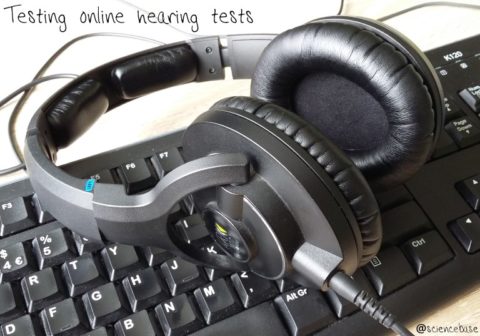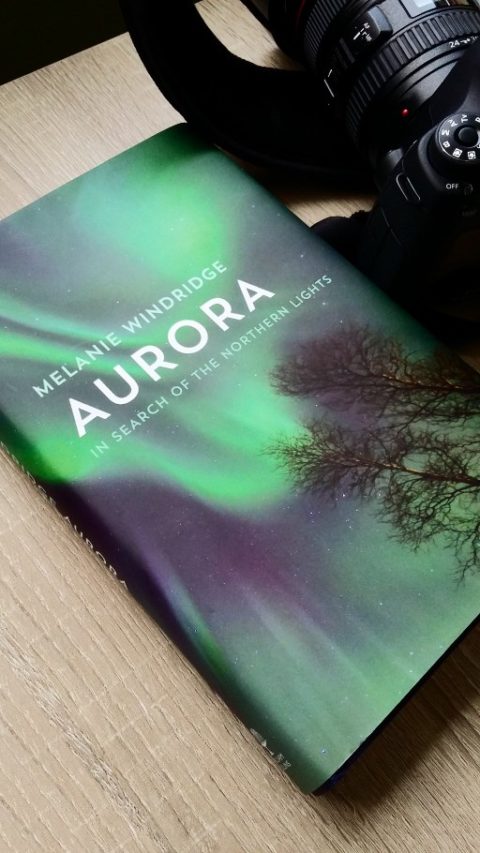Okay…as a wannabe rockstar and record producer, my ears are important…as are yours, of course. I’ve always felt that I could hear slightly better with my left ear (listening to music on headphones highlighted this) but in mixing music it’s not been apparent over the last few years, so maybe they evened out. I do notice that I sometimes struggle to hear conversation in noisy environments, but doesn’t everybody. Anyway, rather than taking a trip into town for a hearing test, I thought I’d some preliminary investigations online. There are lots of sites offering online checkups, although they all stress that none is a substite for a proper asessement.

The first one I looked at was from Beltone and played recorded voices saying words and numbers in each ear with varying levels of background noise (white noise or a crowd of people talking). I had assumed it would be different sine wave tones like in the schooldays tests from the 1970s). It told me my hearing was fine, although I misheard a couple of words spoken with the test track’s American accepts…
cars distinctly sounded like
cones, for instance. So, I searched for ones with an English accent instead.
The Hear-It site had a simple test (received pronunication of numbers in groups of three with varying background white noise levels) and I scored 97% with my right ear and 92% with my left (the opposite of what I’d expected). Either way, the site says no problems and no benefit to having hearing aids, which is good news although not entirely anticipated, to be honest. So two tests think my hearing is fine.
The third test asked a series of questions about whether you hear well in noisy places or when people talk quietly. The actual audio tests had an American accent again, and the word “pup” really did sound like she was saying “puh”, even when I recalibrated my headphones and turned up the volume. But overall the results were fine.
The next test from Amplifon played snippets of conversation with different background noise environments (restaurant, station, noisy home, concert hall) and all sounded clear. However, the mix of the voices and the background noise had too much separation and simply sounded like voices overdubbed on to sound effects, unrealistic in other words. The Widex test had numbers and white noise and some warbling tones that you had to adjust to as low as was still audible, again fine for me. UKHhearingCare tested hearing with a few questions, gets you to calibrate your headphones and then plays warbling tones at 1, 2, 3, 4 kilohertz (kHz), all good. Not particularly sophisticated though.
The Phonak site’s online hearing test is a bit flashier than the others and asks a lot of questions as well as playing test tones. Intriguingly, one of the questions is “Do you have trouble hearing high-pitched sounds such as birds singing?” Well, how would you know, unless you knew for sure there were active songbirds around? Nevertheless, the pitch tests came back good, no problems.
The NHS site recommends the test on hearinglosscheck.org from , so I did that one too. Numbers read out by an English, female voice against white noise backgrounds. Results were fine, no indication of hearing loss.
There are countless other sites, commonly from hearing aid companies, but from this quick survey they are mostly the same: a few questions (but not always) about your perception of your own hearing and then tones played or words spoken against background noise that you listen to on your headphones and click answers to get an assessment. Anyway, seems like my hearing is fine, although if conversations get sticky it’s any 50-something’s perogative to feign deafness isn’t it? Now, turning it back up to 11 and rocking out…






